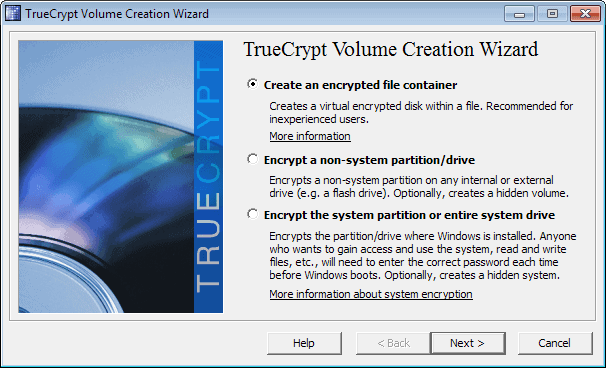

This is precisely why it is important to keep in mind a few simple principles of effective password management when choosing a key to lock your account. For example, Amazon Web Services provides this feature to its clients.Īs a general rule, you can encrypt anything you want, but if your cloud storage account is not secure in the first place, then data encryption cannot serve its purpose at all. However, not all cloud storage services permit users to enter their own encryption keys.

There is a more secure option for the server-side encryption when user can specify a password to encrypt the data. Server-Side Encryption automatically encrypts data when it arrives, stores the data on disk, and automatically decrypts the data when it leaves – using encryption keys managed by your cloud service account. The practice of server-side encryption (SSE) is all about securing your data at the storage level at rest. The support for this key feature is one of the highlights of Cloudberry Backup.

The data is additionally encrypted during this process as the transit moves through HTTPS.

Protection of data is important when moving from client-side to cloud storage. As a powerful cross-platform solution, Cloudberry Backup supports this feature to ensure better safety outcomes. This encryption type doesn’t only guard valuable information, but it also enables organizations to comply with regulations, such as HIPAA and GDPR. In most scenarios, file-name encryption is almost as important as file encryption. Cloudberry Backup software is featured with 256-bit AES encryption which is a standard that is used worldwide and is certified by the U.S Government as being effective enough to safeguard classified data. The encryption algorithms vary across different backup solutions and have diverse key lengths, such as 128/192/256-bit AES, 64-bit DES, RC2. It is strongly recommended to keep your password safely with you since it won’t be stored anywhere in the cloud or encryption software. Backup application encrypts the data first and then uploads it to storage. The encryption key, in this case, is the password defined by the user. The way source-side encryption works is using customer controlled keys to encrypt the information before it leaves the network or server. Following the best practices to effectively secure data can protect you against any efforts to compromise your information.Ĭlient-side encryption includes the encryption of the data on the machine or source-side encryption and filename encryption. Across different types of organizations, such as private businesses or government institutions, encryption of data is pursued for different reasons, from securing classified information and safeguarding corporate secrets to guarding customers’ personal data, such as credit card numbers, tax history and contact details. Handy Backup can serve for any of all of these needs, effectively protecting your data of any type with just a single password per dataset.For any backup environment, data encryption is a big deal because it enables users to restrict access to information to which they do not want anyone else to have access. It is a sweet candy for hackers, unless you encrypt backup disk.įor any particular activity or a task, there are some other usable applications for encrypted backup software. These documents often contain vital information, definitely not for all eyes. Website content is a fruit of joint labor of many people, highly prone to theft. Losing or missing some project often leads to financial and other losses. The blood of a modern IT world, databases almost ever contain crucial data. These data require backup encryption on a regular basis. Some data types often are more valuable, more unstable or more prone to some hazards and perils (including voluntarily hacking attacks, damage by ransomware, theft and unscrupulous changing) than most other information. Top 5 Data Types Constantly Eligible for Backup Software Encryption Handy Backup Standardĭownload Handy Backup Standard edition of our software and start encrypting backups of your critical data. Version 8.3.4, built on February 8, 2022.


 0 kommentar(er)
0 kommentar(er)
